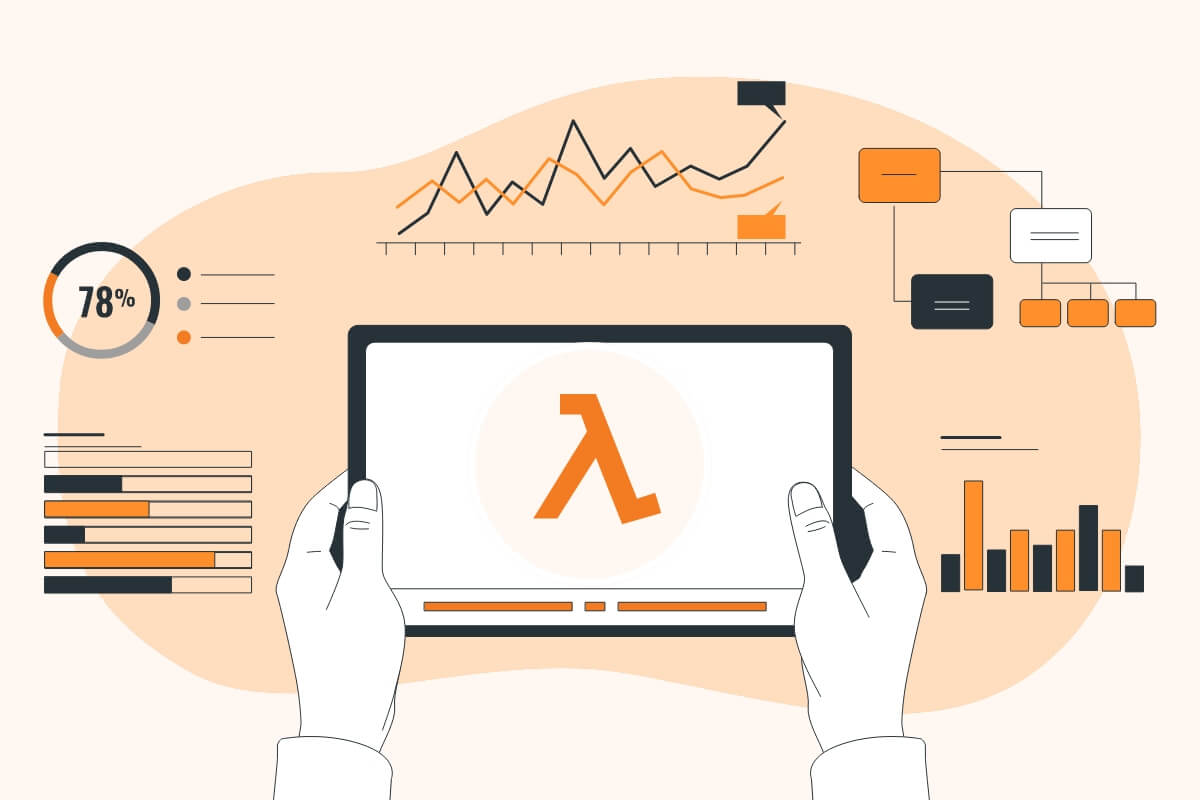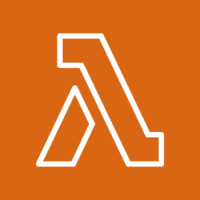
Are you considering AWS Lambda for your next software development project? If this is the first time you are going to use AWS Lambda, you should first evaluate its use. This article will cover everything about AWS Lambda local development that you should know before enforcing it in your development project.
What is AWS Lambda?

AWS Lambda is a top-rated serverless computing service delivered by Amazon Web Services. Developers who employ AWS Lambda develop functions, self-contained applications are written using one of the supported programming languages and run times and then upload to the AWS. AWS Lambda then executes the written functions flexibly and efficiently.
Serverless means that you are not required to maintain your servers to run any application developed. This service is entirely managed, and the infrastructure is also taken care of by the developers.
When Should I Use AWS Lambda? 
AWS Lambda is an ideal choice for several application scenarios. It is generally so because developers can efficiently run any application code, leveraging Lambda’s standard runtime environment and within the resources provided by Lambda. With AWS Lambda Python, developers are only to worry about the code, the rest of everything, including CPU network, compute fleet that offers a proportion of memory, and Lambda itself manages several other resources.
Lambda also performs all administrative and operational activities on behalf of the developers.
How Does AWS Lambda Work?
Every function on Lambda runs in its container. Whenever a new function is created, Lambda packages the function into a new container. Then it is executed on a multi-tenant cluster of numerous machines that are looked after by AWS. The container of every function is then allocated the required CPU and RAM capacity, even before it starts running. After a function’s runtime is completed, the RAM allocated is multiplied by the amount of time the function took to run. The cost charged to a customer is based on the run time taken by a function and the memory allocated.
AWS entirely manages the infrastructure of Lambda, and consumers generally don’t get the required visibility on how a system operates. However, they should think about getting the underlying machines updated, avoiding network contention, and much more. The rest is taken care of by AWS itself.
AWS Lambda Local Development Features
Build Custom Back-end Services:
AWS Lambda allows creating custom back-end services for an application triggered as per need, using the custom API endpoints or Lambda API. Lambda’s custom events processed by Lambda helps to avoid variations of the client platforms, enable more accessible updates, and reduce battery drainage.
Bring Your Code:
The best part about using Lambda is that you are not required to learn any new framework or language. It allows developers to use third-party libraries, even the native ones. Any code can quickly be packaged as a Lambda layer, and you can then easily share and manage it across several functions.
Built-in Fault Tolerance:
It maintains compute capacity across multiple zones of availability in each region so that the code stays protected against every machine or data center facility failure. The functions and AWS lambda that runs on the service provider offers reliable and predictable performance. You will not have to debug AWS lambda as well.
Completely Automated Administration:
AWS Lambda Python entirely manages the infrastructure. The code runs on a fault-tolerant, highly available environment to not have to worry about building different back-end services. Plus, AWS seamlessly handles everything on your behalf, so you don’t have to worry about updating the server whenever there is a new release.
Fine-Grained Control Over Performance:
You get robust control over the performance of serverless applications with the help of provisioned concurrency. It is ideal for all applications to use AWS Lambda, which requires more significant control over the start time. The amount of concurrency needed by your application can easily be configured l. Hence, you will not have to change your code.
Connect to Relational Databases:
Amazon RDS proxy can be used to obtain the benefits of wholly managed connection pools for relational databases. The RDS proxy can efficiently manage several concurrent databases and connections to relational databases, making it effortless to develop scalable and secure Lambda-based serverless applications required to interact with relational databases.
Automatic Scaling:
Your code is invoked by AWS Lambda only when required, and it scales automatically to assist the rate of all incoming requests, and you are not required to configure anything. The number of requests that your code handle is limitless. Because the code is stateless, Lambda starts as many required instances without any configuration delays and configuration delays.
Also Read: Our Detailed Guide on Serverless Architecture
Pros of AWS Local Lambda Development
AWS Lambda users enjoy some unique advantages over maintaining their server on the cloud. The pros of using AWS Lambda local development include:
Pay per Use:
When using AWS Lambda Python, you pay only for the compute used by your function, plus the charges of any network traffic generated. This type of server billing proves to be cost-effective.
Entirely Managed Infrastructure:
When your functions run on completely managed AWS infrastructure, you will not have to worry about the underlying servers, AWS manages everything. It helps you save a considerable amount of money on operational costs. Lambda development is convenient and rapid.
Tight Integration with Other AWS Products:
AWS can get integrated with services, such as S3, DynamoDB, and API gateway. It further allows the building of applications that are functionally complete within the Lambda functions.
Cons of AWS Local Lambda Development
While AWS Lambda development offers several advantages, there are a few drawbacks as well that you should know before you use it in production.
Cold Start Time:
When a function starts in response to an event, there is minimal latency between the event and the running. Moreover, if the function was not used for over 15 minutes, then the latency will be high and may last up to 5-10 seconds. This makes it difficult to rely entirely on Lambda for latency-critical applications.
Not always cost-effective:
When using AWS Lambda, you pay only for the used function runtime. It creates cost-saving for certain patterns of usage. However, when there is an increase in an application load, the cost of AWS Lambda also increases significantly. Sometimes it is higher than the cost charged by usual cloud providers.
Limited Number of Supported Run times:
AWS Lambda Python allows the addition of custom runtime, but their creation requires a lot of work. If you are using a particular version of the programming language that is not supported on Lambda, you will have to use a different cloud service provider.
Conclusion
With AWS Lambda development, you can run your code without the hassle of provisioning or managing servers,maintain event integrations or manage run times. It is a serverless computer service helping you to run code for virtually all types of applications without having to do it’s administration.
That being said, businesses of all sizes are using AWS Lambda. For more details on how you can get started with AWS Lambda Local Development, contact us today!
Social Hashtags:
#awslambda #awslambdalocal #awslambdalocaldevelopment #awslambdafeatures #awslambdapython #debugawslambda #debuglambdafunction #lambdadevelopment #awslambdawork #consofawslambda #prosofawslambda #awslambdafaq
FAQs
AWS Lambda Local Development: INFOGRAPHIC

Testimonials: Hear It Straight From Our Global Clients
Our development processes delivers dynamic solutions to tackle business challenges, optimize costs, and drive digital transformation. Expert-backed solutions enhance client retention and online presence, with proven success stories highlighting real-world problem-solving through innovative applications. Our esteemed Worldwide clients just experienced it.
Awards and Recognitions
While delighted clients are our greatest motivation, industry recognition holds significant value. WeblineIndia has consistently led in technology, with awards and accolades reaffirming our excellence.

OA500 Global Outsourcing Firms 2025, by Outsource Accelerator

Top Software Development Company, by GoodFirms

BEST FINTECH PRODUCT SOLUTION COMPANY - 2022, by GESIA

Awarded as - TOP APP DEVELOPMENT COMPANY IN INDIA of the YEAR 2020, by SoftwareSuggest
